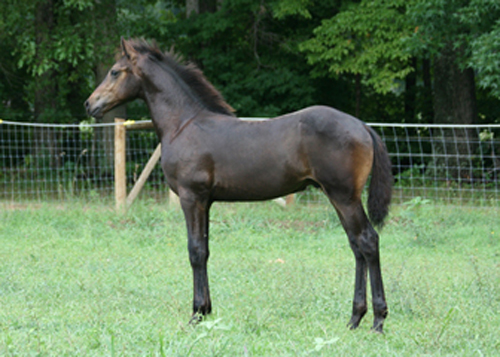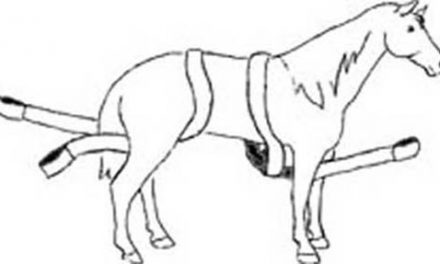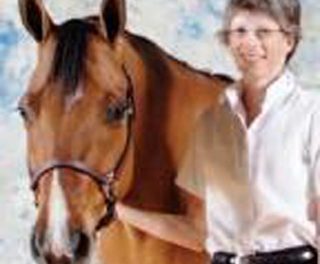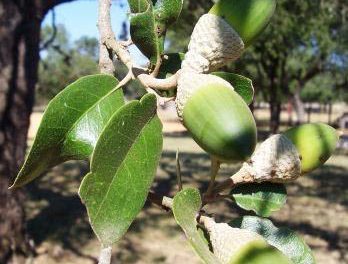The Way of Horses
Caelan (a warmblood) is a weanling with a challenge.
Every full sister and brother acquired developmental orthopedic disease (DOD).
DOD is the term used to describe musculoskeletal problems in growing horses. These problems include physitis (often called epiphysitis), osteochondritis dissecans (OCD) and flexor deformities, such as contracted tendons.
Some known causes of DOD are genetics, exercise, excessive digestible energy, excessive body weight and mineral imbalances.
Genetics: Studies have shown certain stallions and mares pass on the tendency to develop musculoskeletal problems. Fast growing foals from these crosses have a higher risk of incurring DOD. Caelan fell into this group.
Exercise: Exercise is an important part of joint development and health. Growing foals need exercise. The freedom to run and play enhances bone growth and development. Forced exercise is not good for foals and should be avoided. Foals should not be confined in a stall or small area.
It is possible that during rough play a foal may injure the growth plate. The small risk of this occurring is not a good reason to keep a foal confined.
Excessive Digestible Energy: A feeding program which produces excessive amounts of digestible energy is a major cause of physitis.
Overfeeding carbohydrates and starch increases the production of insulin and glucose. Research has shown high insulin and glucose levels suppress the development of cartilage cells. These studies have proven the glycemic response (the measurement of how much blood sugar rises after a meal) needs to be kept low in growing foals. It is important to feed a concentrate that has a low glycemic index.
Examples of feeds that have a low glycemic index are forages (not new spring grass, or quickly growing grass following a drought), feeds containing forage, and concentrates that provide calories from fat – not grains.
Excessive Body Weight: Excessive amounts of digestible energy can lead to overweight foals. The extra weight puts pressure on the joints.
Weanlings should be kept lean, while meeting their mineral requirements.
Mineral imbalances: The amount of minerals available and the ratio of calcium to phosphorus are very important to a growing foal.
Calcium and phosphorus are needed in bone development. But supplementation can interfere with the absorption of other minerals.
The ratio of calcium to phosphorus needs to be monitored. High phosphorus levels have caused lesions in the cartilage of growing foals. A desired ratio of 2:1 (calcium to phosphorus) is generally recommended.
The following are approximate nutrient levels per day for a four month old foal that should mature to 1,100 pounds (NRC 6th Revised Edition 2007):
Digestible Energy/Mcals: 13.3
Protein: 669 grams
Calcium: 39.1 grams
Phosphorus: 21.7 grams
Sodium: 12.8 grams
Copper: 142.1 milligrams
Iron: 210.6 milligrams
Selenium: 0.42 milligram
Zinc: 168.5 milligrams
Vitamin A: 7,600 I.U.
Vitamin D: 3,740 I.U.
Vitamin E: 337 I.U.
A nutrient, believed erroneously by many, to cause DOD is protein. For years many weanling owners with DOD problems, decreased feed in an effort to lower the protein levels, thinking excessive protein caused the joint pain and swelling. This led to stunted foals, which never reached their genetic potential.
Protein is needed for the development of muscle, skin, hair, and hooves. It maintains healthy red blood cells, bones, and is needed for the regulation of the body’s internal organs.
Limiting the amount of protein in a growing foal will not prevent or cure physitis.
Creating a protein deficiency will cause poor growth.
The first step taken to insure Caelan’s health began before his birth. Caelan’s owner, Ada Thompson, contacted me for advice regarding the mare’s nutritional requirements. Fortunately we had 90 days before Caelan was due.
The foal in utero does most of it’s growing during the last 90 days of gestation. It is important the mare receives adequate amounts of the proper nutrients to sustain her and the foal, plus provide enough extra for the foal to store.
While the foal is in utero he must store adequate amounts of copper, zinc and manganese in his liver to sustain him for at least three months of life. Mare’s milk is low in these minerals and research has found supplementing the mare to try to improve the concentration of minerals in the milk does not work.
After analyzing the hay, we found a balanced commercial product that provided the needed nutrients for an 1100-pound mare in the last 90 days of pregnancy.
Then we relaxed and waited…well, I relaxed – Ada paced and counted the days.
In April, Caelan arrived. He was healthy; avoiding the problems his siblings suffered.
As the mare’s nutritional requirements changed during lactation, the ration was adjusted.
As soon as Caelan showed interest in feed, he was started on a balanced fortified supplement. This provided his needed protein, vitamins and minerals, without him adding weight. He and his dam had access to a large pasture, so he could exercise freely.
Weaning presented no problems.
Caelan was on a balanced supplement that complimented the nutrients in the forage and was not allowed to get overweight.
A note from Ada: “Caelan is almost a year old and is 15 hands at the withers. He was 11 hands at birth. Despite his large size and quick growth I have seen no signs of DOD or any other growth or joint issues.”
Caelan – 5 months old
* Earn a Bachelor of Science degree in equine studies or certification as a Professional Horse Trainer or Riding Instructor. Start your new career as a riding instructor, horse trainer, or stable manager. All courses are online. Start anytime and work at your own pace. Visit www.horsecoursesonline.com for information.






